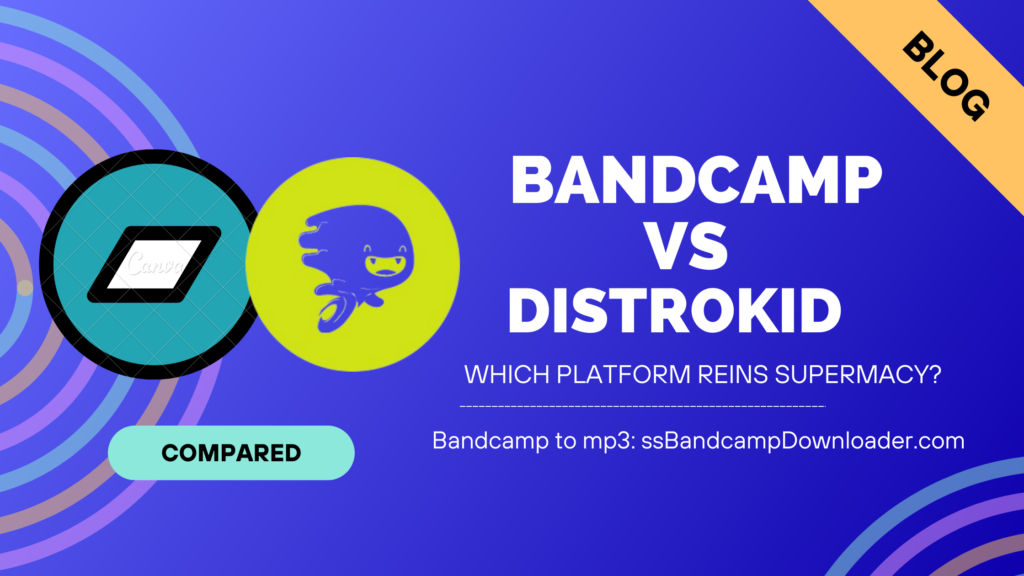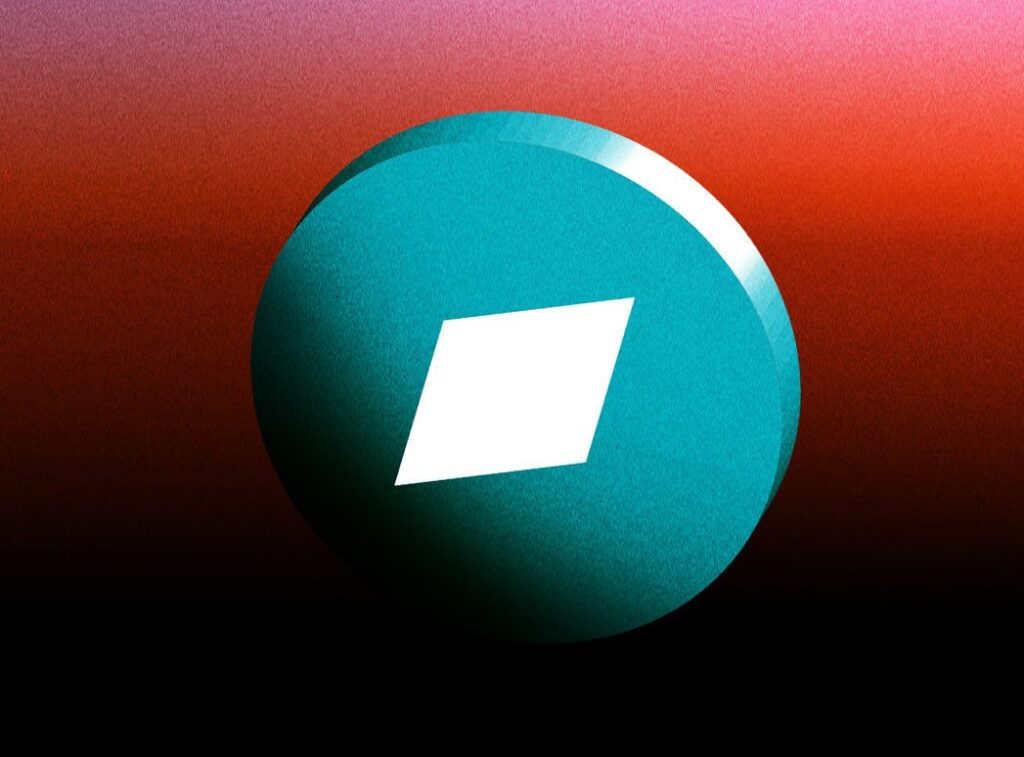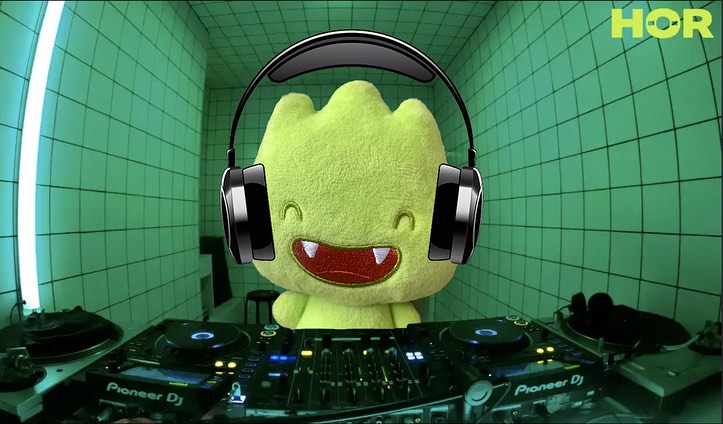In the ever-evolving landscape of the music industry, independent musicians have found newfound power and opportunities through online platforms. Two prominent names in this realm, Bandcamp and DistroKid, have emerged as go-to choices for artists seeking to share their art with the world.
This article takes a deep dive into a precise comparison of these platforms, aiming to assist musicians in making informed decisions. Bandcamp, known for its artist-friendly approach, and DistroKid, renowned for its streamlined distribution process, each offer unique advantages.
As we navigate their features, pricing structures, and real-world user experiences, you’ll gain valuable insights into which platform aligns best with your musical journey.

Bandcamp
Bandcamp, a pioneer in the independent music scene, boasts a rich history and a unique approach to supporting musicians. Understanding the core features and benefits it offers is essential when considering it as a platform for your music.
History and Background
Bandcamp was founded in 2008, making it one of the early platforms to champion independent artists. Its primary focus has always been on giving musicians control over their music and how they connect with their audience. Unlike some other platforms, Bandcamp emphasizes a direct relationship between artists and fans.
Features and Benefits for Musicians
- Music Distribution and Sales: Bandcamp allows artists to sell their music directly to fans. This includes digital downloads and physical merchandise, such as vinyl records and t-shirts. Musicians have the flexibility to set their prices and even offer “pay what you want” options.
- Customization and Branding: Bandcamp provides artists with the tools to customize their storefronts. This means you can design a unique page that aligns with your brand and style, which can be a powerful way to connect with your audience.
- Pricing and Revenue Model: Bandcamp operates on a revenue-sharing model. They take a percentage of sales, but artists often receive a more substantial share of the revenue compared to other platforms. This can be especially beneficial for independent musicians looking to maximize their earnings.

Pros of Using Bandcamp
- Artist-Friendly: Bandcamp is known for its artist-centric approach, allowing for more creative control.
- Direct Fan Interaction: It facilitates direct communication between musicians and fans, fostering a loyal fan base.
- Varied Revenue Streams: Musicians can generate income not only from music sales but also from merchandise.
Cons of Using Bandcamp
- Limited Distribution: While great for engaging with fans, Bandcamp’s distribution network is not as extensive as some other platforms.
- Learning Curve: Customization options might require a learning curve for those less tech-savvy.
In summary, Bandcamp is a platform cherished by many independent artists for its artist-centric approach, customization options, and direct fan interaction. It’s an ideal choice for those who value creative control and building a close-knit fan community. However, its distribution reach may not suit those aiming for widespread exposure on major streaming platforms.
DistroKid
DistroKid, another major player in the realm of music distribution, offers a different set of features and benefits tailored to the needs of independent musicians. Let’s delve into its history, key features, and what it can offer to artists.
History and Background
DistroKid was founded in 2013 with a clear mission: to make music distribution as fast and hassle-free as possible. Over the years, it has gained popularity for its speed and simplicity in getting music onto major streaming platforms.

Features and Benefits for Musicians
- Music Distribution to Major Platforms: DistroKid excels in its ability to quickly distribute music to a wide range of major streaming platforms, including Spotify, Apple Music, and Amazon Music. This means your music can reach a vast global audience.
- Speed and Ease of Release: One of DistroKid’s standout features is its rapid release process. Musicians can often see their music live on platforms within a day or two of submission, making it ideal for those who want to release music promptly.
- Pricing and Revenue Model: DistroKid offers a straightforward pricing model with an annual subscription fee. Unlike some other platforms that take a percentage of your revenue, DistroKid allows artists to keep 100% of their earnings.
Pros of Using DistroKid
- Broad Distribution: DistroKid’s extensive network ensures your music reaches a global audience across major streaming platforms.
- Speed and Efficiency: It’s known for its quick release times, which can be crucial for timely releases.
- Transparent Pricing: The subscription model simplifies costs, and artists retain all their earnings.
Cons of Using DistroKid
- Limited Customization: DistroKid’s focus on speed and efficiency means there are fewer customization options compared to platforms like Bandcamp.
- Annual Fee: While the subscription fee simplifies pricing, it may not be the best choice for musicians who release music infrequently.
In summary, DistroKid shines when it comes to rapid distribution to major streaming platforms and a straightforward pricing model. It’s an excellent choice for musicians looking to get their music out quickly to a wide audience. However, it may not offer the same level of customization and branding options as platforms like Bandcamp, and the annual subscription fee might not suit everyone’s release schedule.
Key Differences
When comparing Bandcamp and DistroKid for your music distribution needs, it’s crucial to understand the key distinctions between these platforms. These differences can significantly impact your experience as an independent musician.
Distribution Networks and Reach
Bandcamp primarily focuses on providing a direct-to-fan experience. While it allows you to sell music and merchandise, its distribution network is more limited compared to DistroKid. Bandcamp is an excellent choice for building a loyal fan base, but it might not offer the same level of exposure on major streaming platforms.
In contrast, DistroKid excels in distribution reach. It can swiftly deliver your music to a wide array of major streaming services, putting your music in front of potentially millions of listeners. If your goal is to reach a broad audience, DistroKid’s extensive network might be more appealing.
Customization and Branding Options
Bandcamp shines in the realm of customization and branding. It provides artists with the tools to create unique storefronts that align with their artistic vision. This level of customization can be a powerful way to engage with fans and establish a distinct identity.
DistroKid, on the other hand, prioritizes speed and efficiency over extensive customization. While you can upload your cover art and basic information, it doesn’t offer the same degree of creative control as Bandcamp. If you value artistic expression and want to build a unique online presence, Bandcamp’s customization options may be more suitable.
Pricing Comparison
Bandcamp operates on a percentage-based revenue-sharing model. It takes a portion of your sales, but artists often receive a more significant share compared to other platforms. This can be advantageous if you expect substantial sales and want to maximize your earnings.
DistroKid, on the other hand, uses a subscription-based pricing model. Artists pay an annual fee, and they can release an unlimited number of tracks during that period while keeping 100% of their earnings. This model simplifies costs and can be cost-effective for musicians who release multiple songs or albums each year.
Revenue Sharing and Payment Structure
Bandcamp’s revenue-sharing model typically results in artists receiving a higher percentage of revenue per sale. However, DistroKid’s model allows artists to keep all of their earnings, which can be particularly appealing for those with a high volume of sales.
DistroKid also offers a unique feature called “Teams,” where you can split earnings among collaborators automatically, simplifying revenue distribution for bands or groups.
Release Speed and Scheduling
DistroKid is renowned for its rapid release process, often making music available on streaming platforms within a day or two of submission. This can be advantageous for artists with time-sensitive releases or those who want to maintain a consistent release schedule.
Bandcamp, while not as speedy in terms of distribution, allows artists to schedule releases for specific dates. This can help with promotional efforts and building anticipation among fans.
In summary, the choice between Bandcamp and DistroKid boils down to your specific needs and goals as an independent musician. Bandcamp excels in customization and direct fan interaction, making it ideal for artists seeking creative control and a dedicated fan base. DistroKid, on the other hand, stands out in distribution reach, speed, and simplicity, catering to musicians aiming for broad exposure and efficiency in releasing music. Your decision should align with your artistic vision and your desired level of engagement with the music industry.
Use Cases
Determining which platform, Bandcamp or DistroKid, is the right fit for you as an independent musician depends on your specific goals and circumstances. Let’s explore different use cases to help you make an informed choice.
When to Choose Bandcamp
- Independent Artists with a Strong Fan Base: If you’ve already built a loyal fan base and want to deepen your connection with your audience, Bandcamp is an excellent choice. Its direct-to-fan approach allows you to engage with your supporters, offer exclusive content, and maintain artistic control.
- Those Looking for More Creative Control: If you’re particular about your music’s presentation, Bandcamp’s customization options shine. You can design a unique storefront, set your pricing, and even offer “pay what you want” options. This level of creative control can be appealing to artists with a strong brand or aesthetic.
When to Choose DistroKid
- Musicians Aiming for Broad Distribution: If your primary goal is to get your music on major streaming platforms like Spotify, Apple Music, and Amazon Music to reach a broad global audience, DistroKid’s extensive distribution network is a significant advantage. It ensures your music is accessible to millions of potential listeners.
- Those Seeking a Hassle-Free Release Process: DistroKid is known for its speed and efficiency. If you want to release music promptly without dealing with a complex submission process, it’s an ideal choice. This is particularly valuable for artists with time-sensitive releases or those who want to maintain a consistent release schedule.
In summary, Bandcamp is the preferred option for artists who prioritize creative control and direct fan interaction, especially if they already have a dedicated fan base. On the other hand, DistroKid is a strong choice for musicians looking for a straightforward way to distribute their music broadly and swiftly. Your decision should align with your current position in your music career and your specific objectives.
Conclusion
In the ever-evolving landscape of music distribution for independent artists, the choice between Bandcamp and DistroKid boils down to your specific goals and preferences. Bandcamp excels in artist-fan interaction, customization, and creative control, making it ideal for those with a dedicated fan base and a desire for unique branding.
On the other hand, DistroKid shines in rapid distribution to major streaming platforms, efficiency, and straightforward pricing, catering to musicians seeking broad exposure. As you embark on your musical journey, consider your current position, objectives, and desired level of engagement with your audience. The right choice will empower you to share your art effectively in today’s digital music industry.
Additional Resources
As you continue your exploration of music distribution platforms and consider whether Bandcamp or DistroKid aligns better with your needs, it’s valuable to have access to additional resources and references. Here are some links and materials to further aid your decision-making process:
A. Links to Bandcamp and DistroKid Websites
- Bandcamp Official Website: Visit Bandcamp’s official website to explore their platform in detail, learn about their features, and sign up if it aligns with your goals.
- DistroKid Official Website: Explore DistroKid’s official website to get comprehensive information about their services, pricing, and how to get started with distributing your music.
B. Further Reading and References
- Music Industry Blogs: Stay updated with industry insights and platform comparisons by following reputable music industry blogs like Hypebot, Digital Music News, and DIY Musician.
- YouTube Tutorials: Search for YouTube tutorials and reviews on Bandcamp and DistroKid to see firsthand experiences and step-by-step guides from fellow musicians and content creators.
- Forums and Communities: Join online music forums and communities like Reddit’s /r/WeAreTheMusicMakers to engage in discussions, ask questions, and gain insights from musicians who have used these platforms.
- Social Media Groups: Explore Facebook groups and Twitter communities dedicated to independent musicians where you can connect with peers and gather feedback on using Bandcamp and DistroKid.
By leveraging these additional resources, you can delve deeper into the intricacies of each platform, hear from fellow musicians, and make a well-informed decision that aligns with your musical journey and aspirations.
FAQs
Bandcamp and DistroKid are both music distribution platforms, but they cater to different needs. Bandcamp focuses on direct fan interaction, customization, and creative control, making it ideal for artists with a dedicated fan base. DistroKid excels in broad distribution to major streaming platforms, speed, and efficiency, making it suitable for musicians seeking wide exposure.
Bandcamp allows artists to set their prices, and they take a percentage of sales (usually around 10-15%). DistroKid operates on an annual subscription model, with fees starting at around $19.99 per year for unlimited releases. DistroKid artists keep 100% of their earnings.
You can use both Bandcamp and DistroKid simultaneously if it suits your goals. Many independent musicians do this to enjoy the benefits of both platforms. For instance, you can release your music quickly through DistroKid to reach a broad audience and use Bandcamp for connecting deeply with your existing fan base and selling physical merchandise. Your choice depends on your specific needs and strategy.
DistroKid is renowned for its speedy distribution process. Music submitted to DistroKid often becomes available on major streaming platforms within a day or two. Bandcamp, while not as rapid in distribution, allows artists to schedule release dates, providing some control over timing.
Yes, both Bandcamp and DistroKid offer options for selling physical merchandise alongside your music. Bandcamp is known for its flexibility in this regard, allowing artists to sell vinyl records, CDs, clothing, and more directly to fans. DistroKid also provides options for merch sales but may have fewer customization features.

2 Comments
Comments are closed.